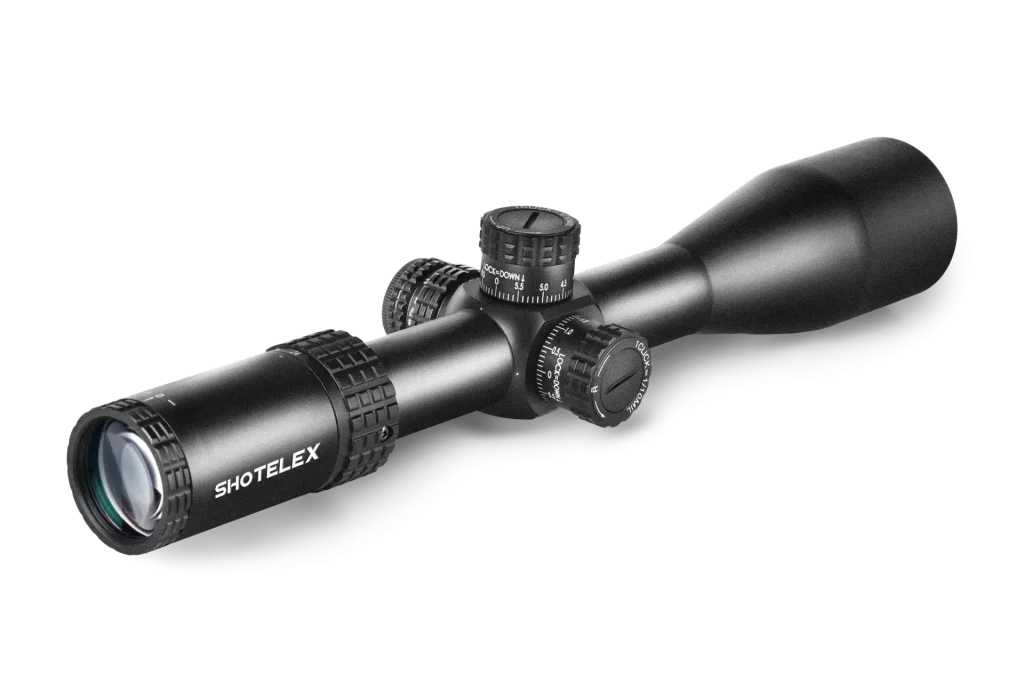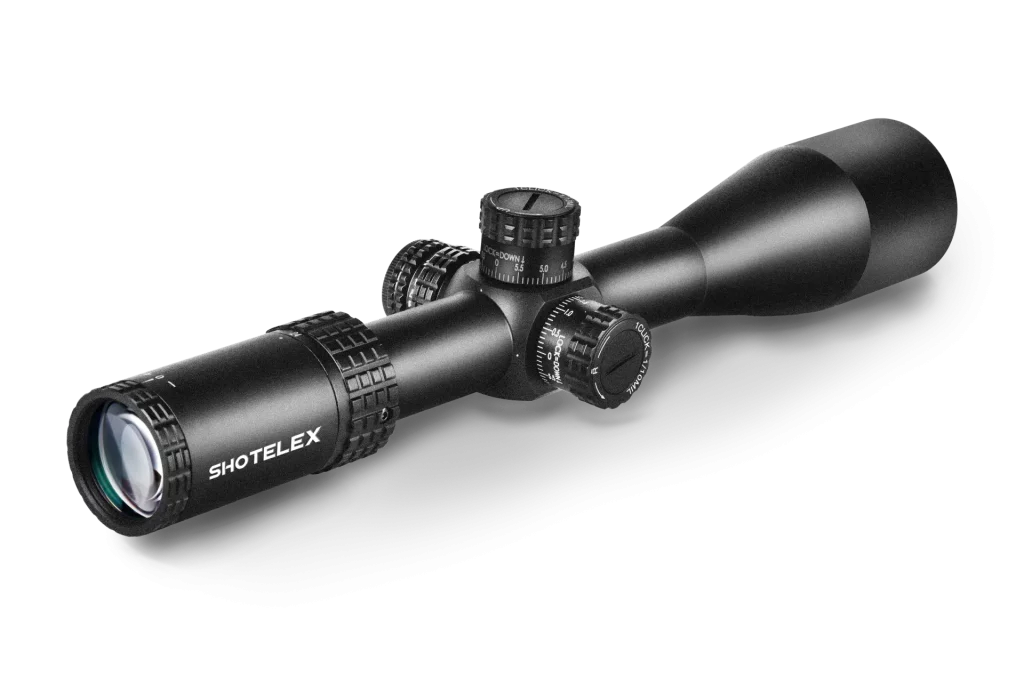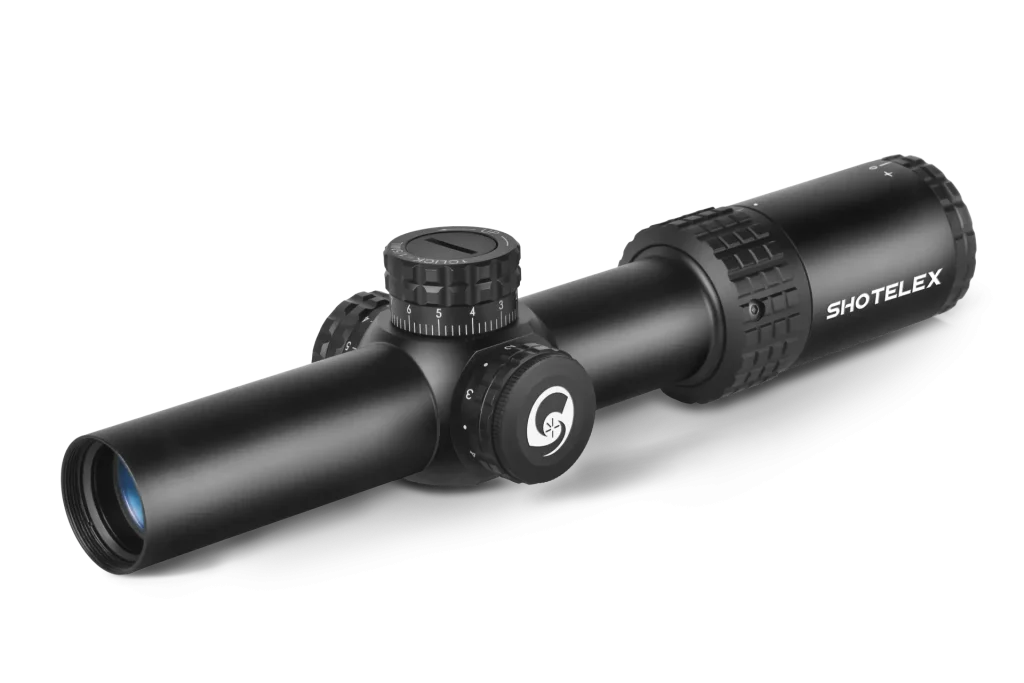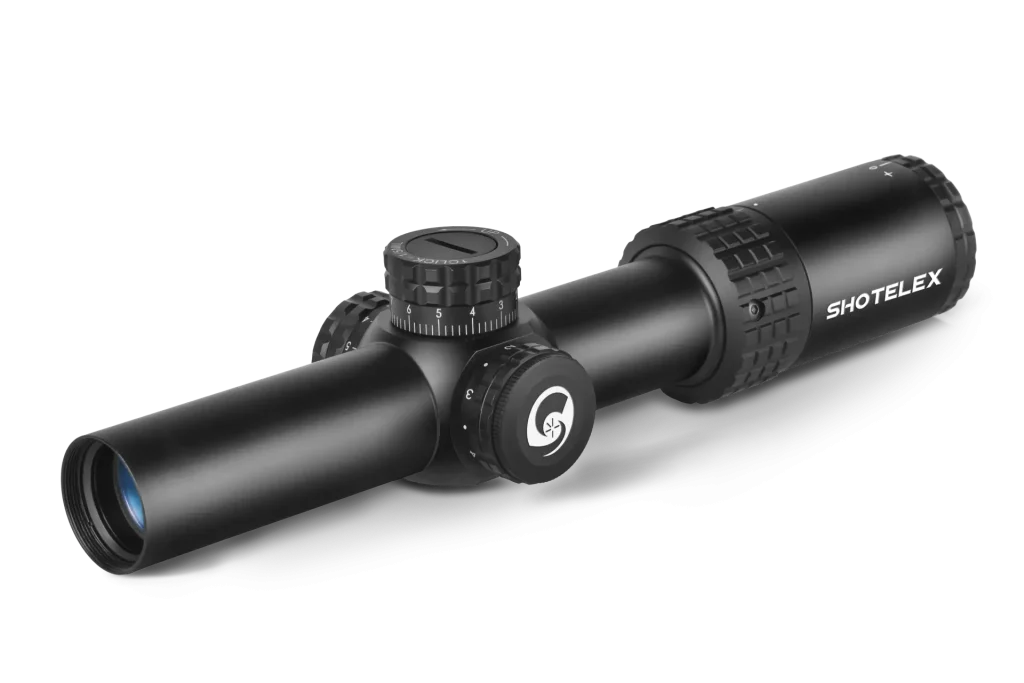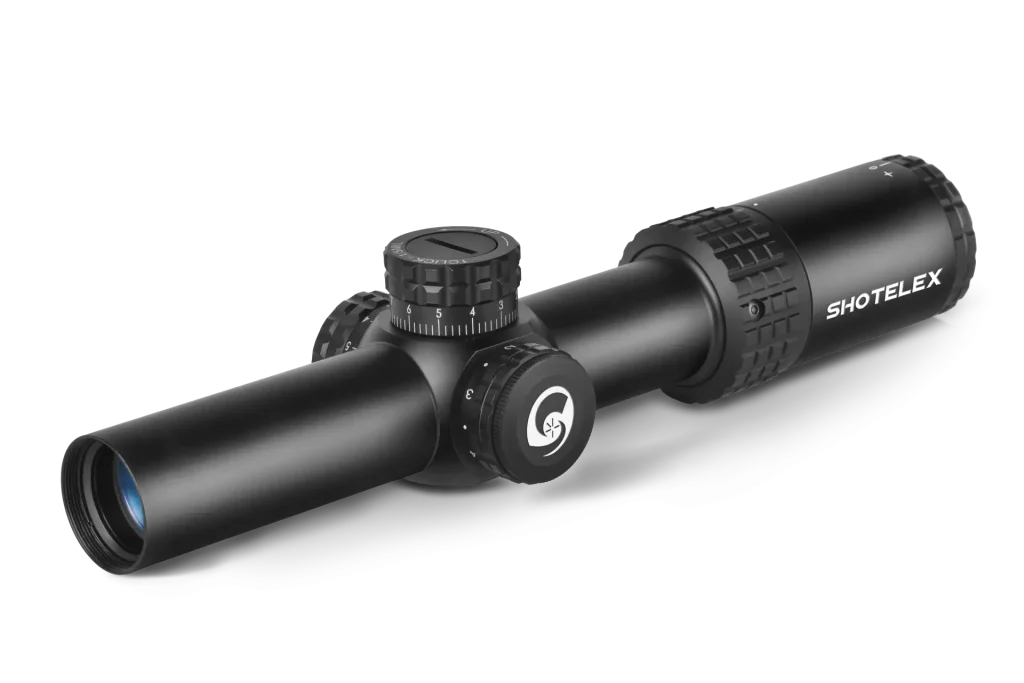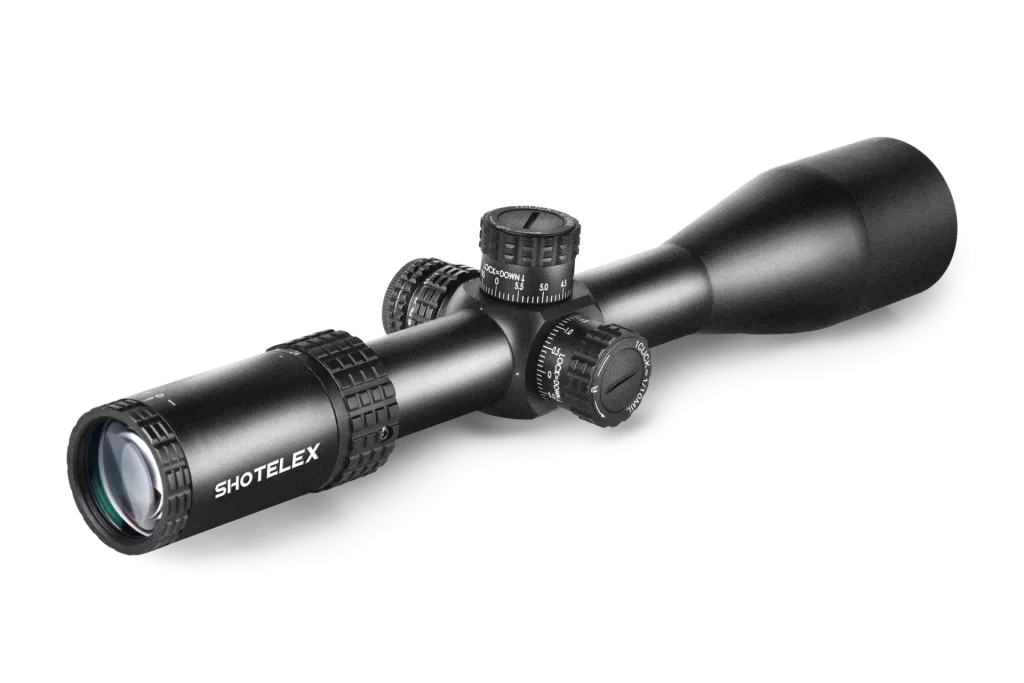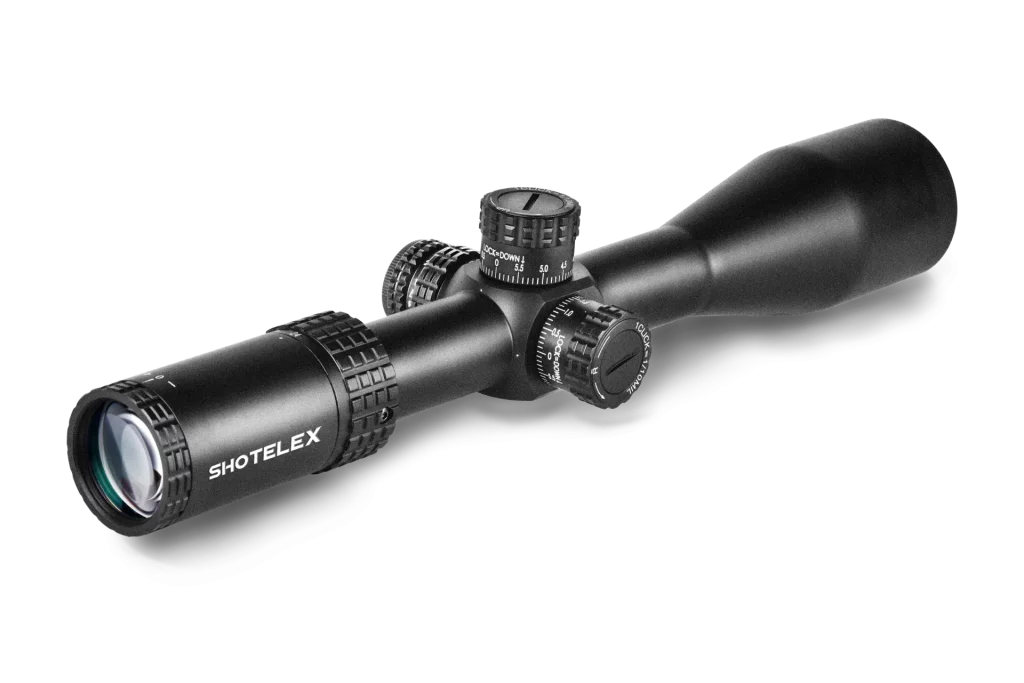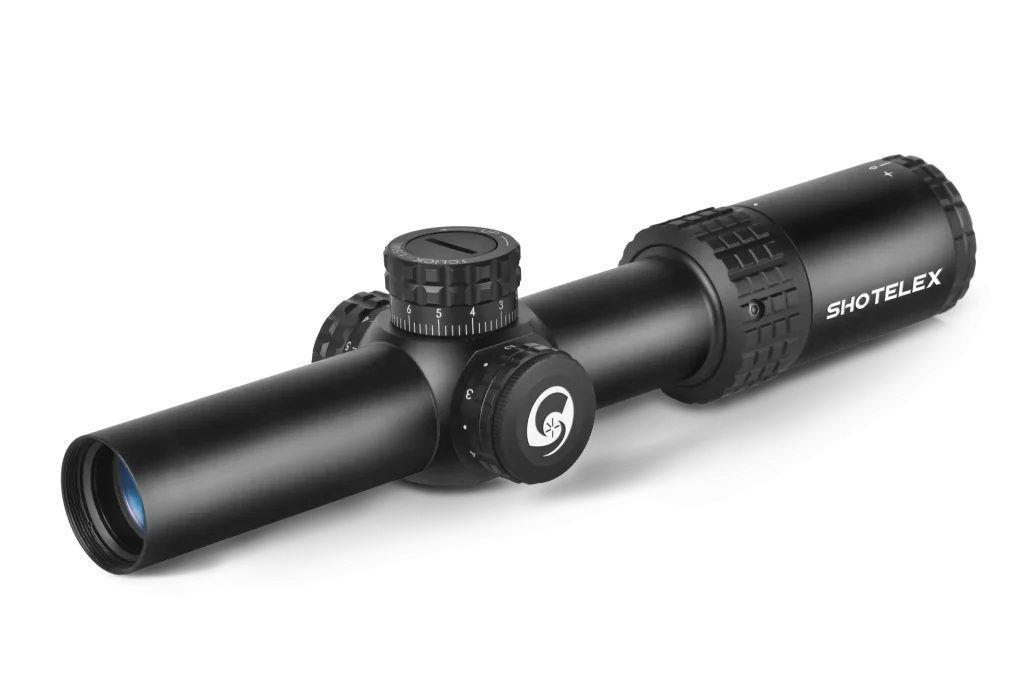How To Keep Rifle Scope From Fogging Up?
Do you think the fogging of the scope is just a temporary inability to see clearly? In fact, there lies a more intractable problem behind it – the loss of precision at critical moments may cause you to miss your target, and the exposed figure during repeated adjustments will increase unnecessary risks. To completely get rid of this trouble, relying solely on temporary measures is not enough. A complete response plan must be formed, covering prevention, emergency response, and long-term maintenance.

Troubles Caused by Scope Fogging
The trouble of fogging up a scope is far more than just “not being able to see clearly”.
- In a shooting competition, a wiping action in a fraction of a second may turn you from a champion to a runner-up.
- When hunting, missing the best shooting window means a whole day in vain.
- When repeatedly dealing with fog, a slight mistake may scratch the lenses, and equipment that costs hundreds or even thousands of yuan may be discounted as a result.
What’s even more troublesome is that the fog often comes unexpectedly. Jumping from the warm car to the cold wild, the lenses suddenly “sweat”. The morning dew mixed with the moisture from breathing condensed into a thin film on the lens… These seemingly accidental situations all have patterns that can be avoided behind them.
What Causes Scope Fogging?
Stop getting bogged down in the fundamental principle that “water vapor condenses when it cools”. Instead, we should pay more attention to: when is it most likely for the sight to fog up?
1. Sudden temperature change
When rushing from a heated room to a sub-zero outdoor area or from a dry zone into a damp jungle, the temperature difference of over ten degrees between indoors and outdoors can instantly turn the surface of the lenses into a “gathering place” for moisture. If you are used to leaving the scope in the car overnight, you are likely to face a blurry scene as soon as you turn it on the next morning.
2. High humidity environment
When going into the mountains on a rainy day, even if it’s just a brief exposure to the rain, the water droplets on the lenses will leave behind water vapor after evaporation. In the marshland and by the lake in the early morning, thick dew would quietly climb up the lens. By the time you noticed it, a layer of white film had already formed.
3. In contact with the human body
When adjusting the sight with a hand still warm, the heat will be conducted along the body of the sight to the lens. Even if you don’t pay attention when breathing, the hot air exhaled will “sneak up” on the lenses – especially when you need to aim close to your face.
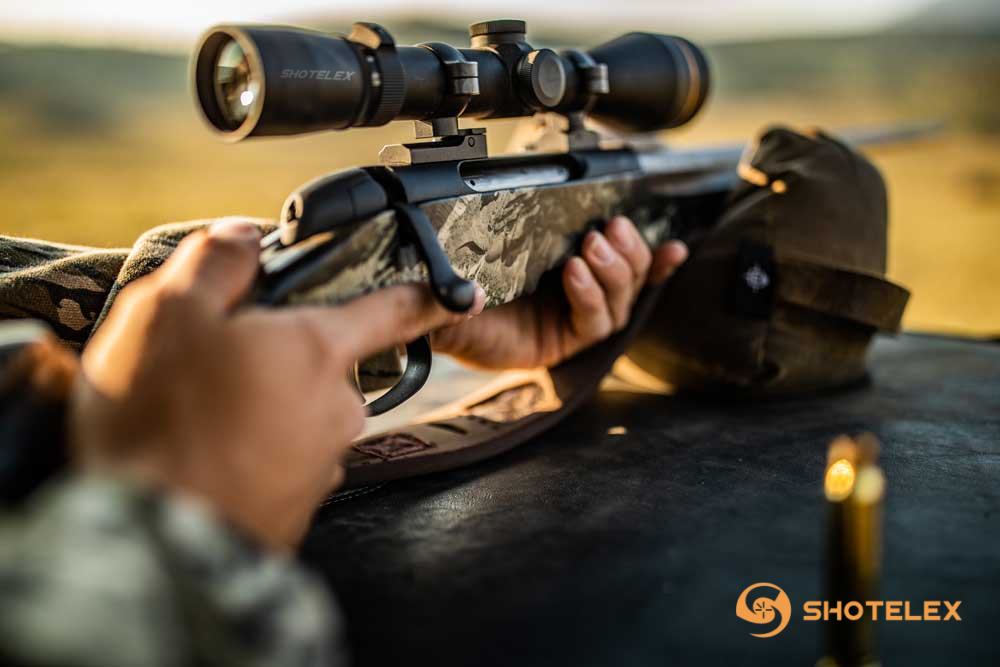
Effective Methods To Solve The Fogging Problem Of The Scope
1. If the fog has already appeared, panic will only make the situation worse. The correct approach is:
Use a dedicated anti-fog wet wipe to gently wipe from the center to the edge of the lens. The movement should be quick but the force should be light. This wet wipes contain quick-drying ingredients that can remove moisture within 10 seconds while leaving a temporary anti-fog film. If there are no special wet wipes at hand, a clean suede cloth or a glasses cloth can also be used in an emergency.
Please Note:
- Under no circumstances should you use the corners of your clothes, tissues or rough fabrics – the fibers on these materials can scratch the coating on the lenses, and the fogging will only get worse next time.
- After wiping, don’t rush to aim. First, breathe on the lens to make sure there is no residual mist before continuing.
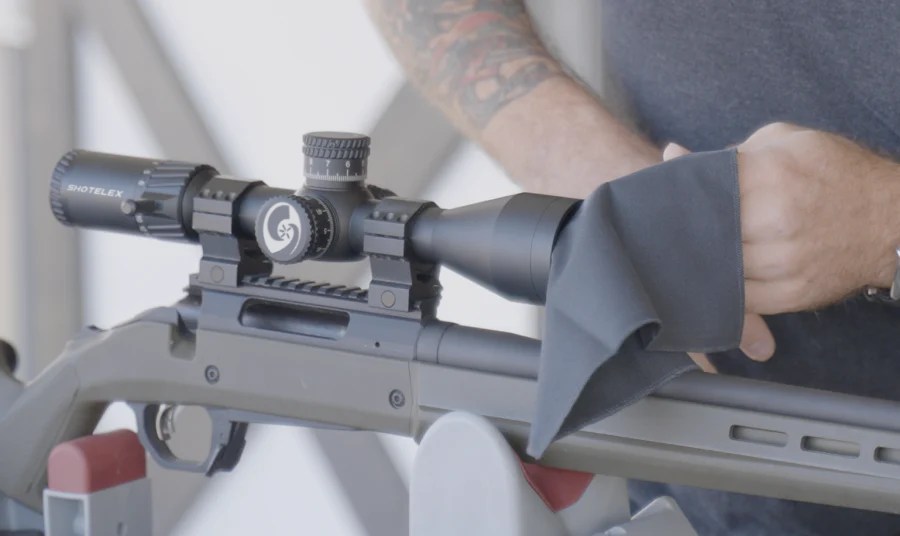
2. It is obviously smarter to set up defenses in advance than to take temporary measures:
Choose the right equipment: Pay attention to the “Anti-fog coating” label in the parameters. Lenses with multiple layers of coating have a certain anti-fog ability by themselves, just like putting on a “raincoat” for the lenses.
Daily maintenance routine
- Sweep the dust off the lenses with a soft-bristled brush every week
- Spray the special lens cleaner onto the lenses
- Wipe in circles from the center to the outside with an eyeglass cloth (to avoid stains accumulating at the edges)
- Spray a little anti-fogging agent and let it dry. The anti-fogging effect can be maintained for 3 to 5 days.
Note: Do not throw the scope directly into the gun box. It is best to put it in a drying bag and then place it in a moisture-proof box. If there is no moisture-proof box, put a small packet of silica gel desiccant in the gun case and change it once a week.
The End
There is no one-size-fits-all method for dealing with fogging in a scope, but by combining these techniques, a reliable solution can be formed. In fact, achieving all this is not difficult – a few minutes of maintenance and a proper selection of equipment can enable you to focus only on the target at the moment of aiming, rather than the white fog on the lens. After all, a clear vision is the fundamental guarantee for every move.


